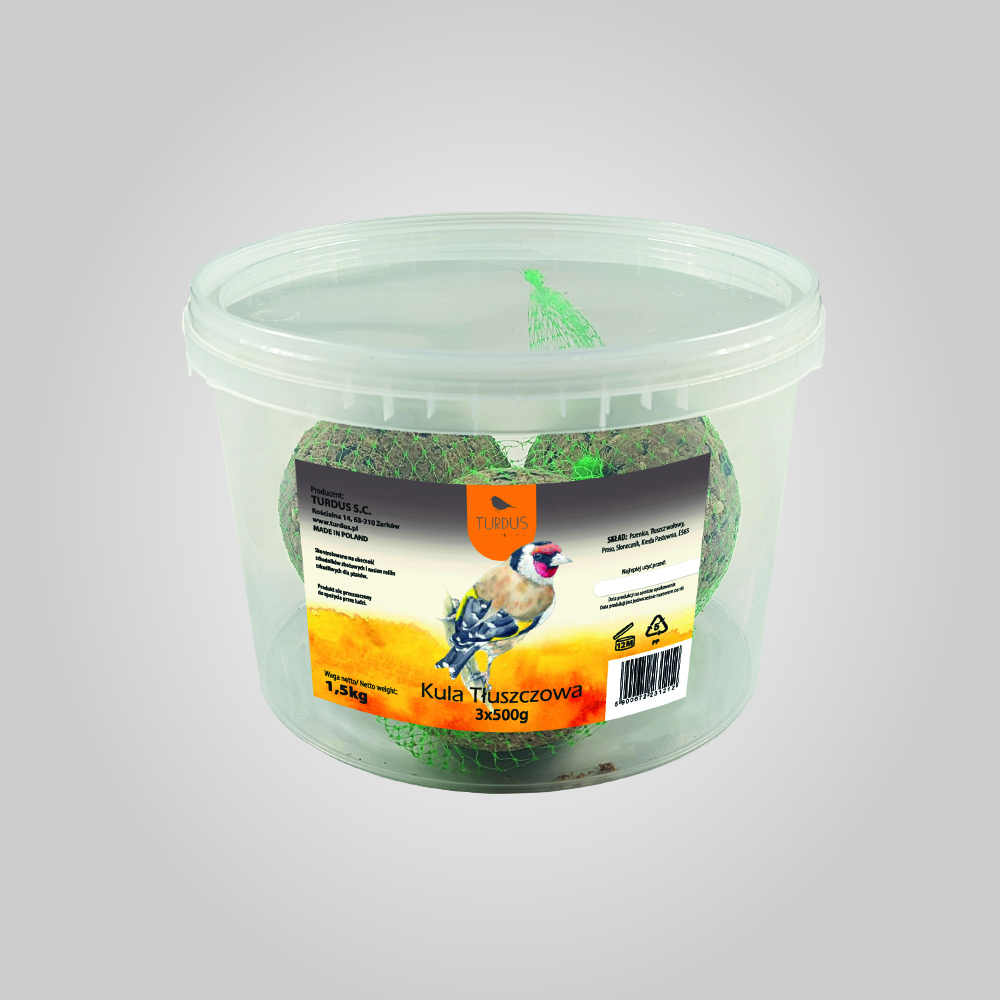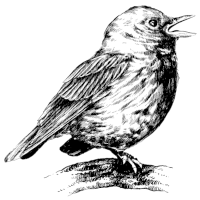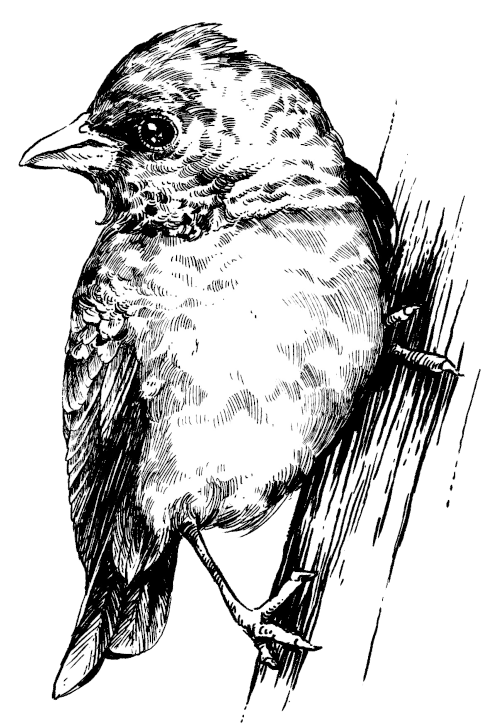Winter is a difficult time for birds. Falling temperatures and snow cover make it difficult for them to find natural food. This is when our help can prove invaluable. However, feeding birds is not only a matter of goodwill, but also responsibility and knowledge. So how can we do it wisely to really help them? What should we avoid?
When to start and when to stop feeding?
It is not worth starting feeding too early. Birds will manage to find food on their own as long as it is available. The optimum time is when the first frosts and snow appear, when natural food sources become unavailable. This is when it is a good idea to start feeding the birds and add food to the feeder. Feeding should stop in early spring, when the birds once again find natural food. It is important to do this regularly and consistently - birds quickly become accustomed to where they are fed and rely on our help. Year-round feeding of birds can then do more harm than good.
What to feed the birds in winter?
The staple of the birds' winter diet is seeds and grains, which are a source of essential nutrients. They are most likely to eat shelled sunflower, millet, oats, wheat, oatmeal, pumpkin seeds and flaxseed. Nuts - walnuts, hazelnuts or peanuts - and fruits such as apples, pears or dried sultanas are also valuable foods for them. It is worth remembering that lard and fat are excellent sources of fat, which is essential for birds to keep warm in winter. However, lard must be unsalted and replaced regularly so that it does not become harmful.
Feeding birds with bread, especially white bread, or leftover human food is not recommended. Such products can cause serious health problems and even death in birds. Instead, it is better to choose natural, fresh ingredients without added salt or spices.
What do you feed the birds with?
Mixtures of grains
A staple of the winter bird diet is a mix of grains, corn or dried fruit, which can be bought as a balanced ready-made bird food. Choose sunflower, millet, oats, wheat, pumpkin seeds and flaxseed. Such grains will provide your birds with the energy and nutrients they need, helping them to survive the tough winter days.
Fat balls
Ready-made fat and seed mixes, so-called balls or bells, are a popular winter treat for birds. They can be purchased in our shop in many variants. Such a ball can be hung in a feeder or on a branch. It is a simple way to provide birds with valuable, energy-rich food. Fat balls are particularly valuable because the fat helps the birds to stay warm and provides concentrated energy, which is essential on cold days.

Wooden feeders are ideal for feeding both grain mixtures and for fixing fat balls. The grains can lie in the box and the balls hang freely below. Frosts prevent birds from taking food from the ground or bushes, so mounting a feeder at height will be a viable aid for wintering birds.
Individual bird species - who can visit us?
In winter in Poland, we will encounter many species of birds that, despite the harsh conditions, stay with us or fly in from the north to survive the cold months. Among them are tits - the great tit, prairie tit and pine tit, which eagerly take advantage of feeding, as well as corvids - jays, jackdaws and rooks. There is also no shortage of sparrows, blackbirds, bellbirds or pinfinches, which base their winter diet mainly on seeds and fruit. Some species, such as the mistletoe, fly in from northern regions, forming flocks that frequently visit feeders. Each of these birds has its own food preferences, so it is worth knowing their habits to feed them wisely.
Where and how to place the feeder?
The location of the feeder is of paramount importance. It should be in a safe place, away from predators such as cats. It is best to hang it at a height where the birds can eat in peace. It is also a good idea to place a water drinker next to it, as birds often lack access to fresh water in winter, which is essential for drinking and keeping fit.
Cleaning the feeder regularly is another important rule. Food residues and droppings can promote the development of diseases. It is recommended to wash the feeder at least once a week to ensure hygienic conditions for the birds.
How do you support birds outside the feeder?
Helping birds in winter is not just about feeding them. We can also maintain their natural habitat by planting shrubs and fruit trees in the garden, which provide them with natural food in winter. Species such as rowan, rosehip, kalina or elder are excellent support for birds, especially when snow covers the ground. The subject of feeding wintering birds should be explored by every garden owner and anyone who wants to help our flying friends.
Feeding wintering birds
Feeding birds in winter is a beautiful gesture that can save the lives of many winged friends. However, to be effective and safe, it requires knowledge and responsibility. Let us remember to:
- only start feeding after the first frost and snow,
- feed natural, bird-appropriate seeds, nuts and fats,
- avoid bread and leftovers of human food,
- keep the feeder clean and the birds safe,
- provide them with access to water,
- feed regularly until spring.
This will make our help a real help and make birdwatching at the feeder a real pleasure and a lesson in nature.


